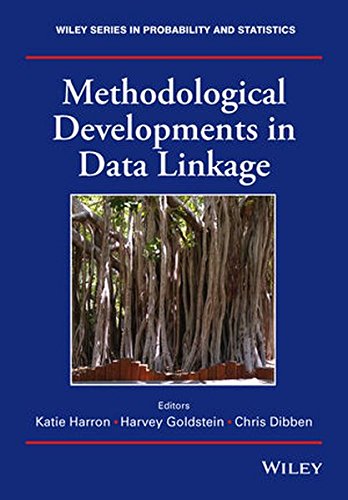

Most ebook files are in PDF format, so you can easily read them using various software such as Foxit Reader or directly on the Google Chrome browser.
Some ebook files are released by publishers in other formats such as .awz, .mobi, .epub, .fb2, etc. You may need to install specific software to read these formats on mobile/PC, such as Calibre.
Please read the tutorial at this link: https://ebookbell.com/faq
We offer FREE conversion to the popular formats you request; however, this may take some time. Therefore, right after payment, please email us, and we will try to provide the service as quickly as possible.
For some exceptional file formats or broken links (if any), please refrain from opening any disputes. Instead, email us first, and we will try to assist within a maximum of 6 hours.
EbookBell Team

0.0
0 reviewsA comprehensive compilation of new developments in data linkage methodology
The increasing availability of large administrative databases has led to a dramatic rise in the use of data linkage, yet the standard texts on linkage are still those which describe the seminal work from the 1950-60s, with some updates. Linkage and analysis of data across sources remains problematic due to lack of discriminatory and accurate identifiers, missing data and regulatory issues. Recent developments in data linkage methodology have concentrated on bias and analysis of linked data, novel approaches to organising relationships between databases and privacy-preserving linkage.
Methodological Developments in Data Linkage brings together a collection of contributions from members of the international data linkage community, covering cutting edge methodology in this field. It presents opportunities and challenges provided by linkage of large and often complex datasets, including analysis problems, legal and security aspects, models for data access and the development of novel research areas. New methods for handling uncertainty in analysis of linked data, solutions for anonymised linkage and alternative models for data collection are also discussed.
Key Features:
This book will be of core interest to academics, government employees, data holders, data managers, analysts and statisticians who use administrative data. It will also appeal to researchers in a variety of areas, including epidemiology, biostatistics, social statistics, informatics, policy and public health.